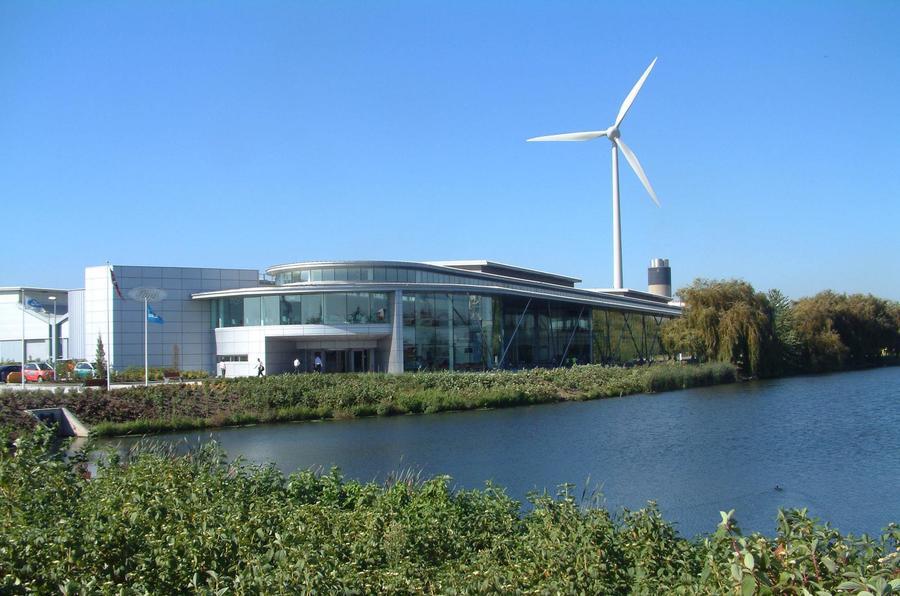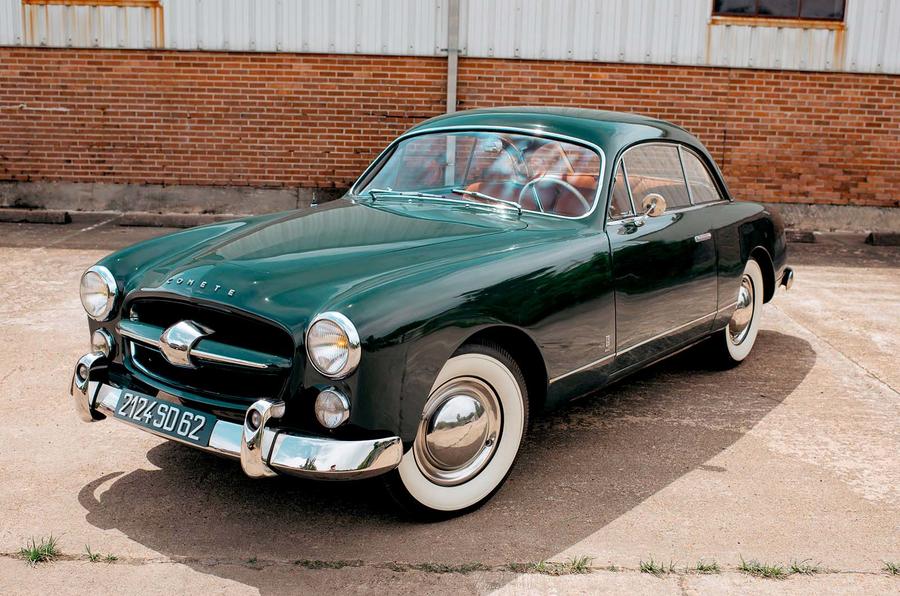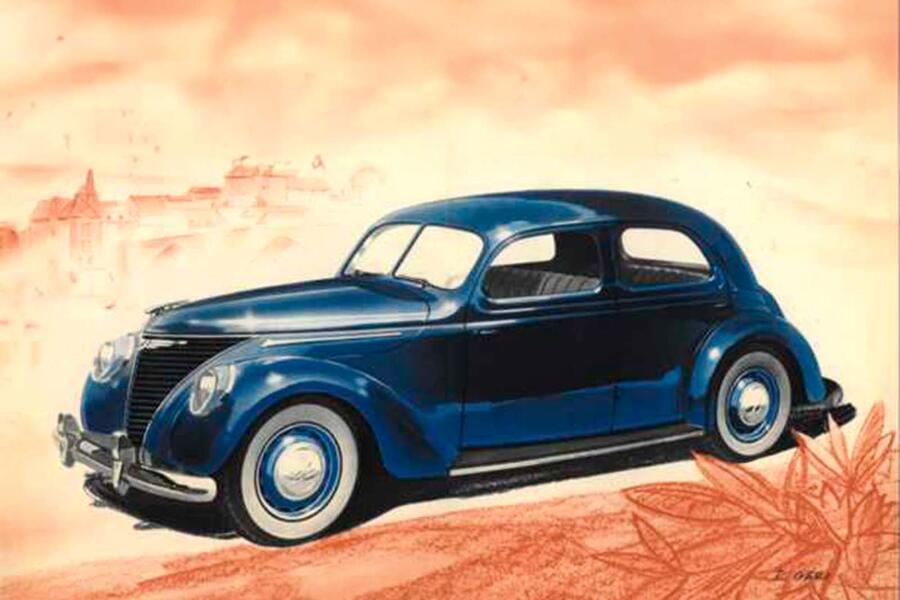The Ford brand has always been uniquely and fascinatingly fractured.
Most know that it has long had American, Australian, European and Brazilian divisions doing very different things with good deals of independence, and in the past there were, of course, British and German divisions (in fact, at one point, Brits could buy a Ford from three separate firms).
But there are also obscurities, both present (Turkish lorry or Chinese Mondeo, anyone?) and past (Italian Anglia or French V8 sports coupé?).
Wait, what? Yes, there was once a Ford of France, offering the rich a coachbuilt, rally-winning beauty.
Autocar Archive returns: 128 years of magazines available online
To properly tell the story of our 27 June 1952 road test car, though, we first must travel back to 1934.

Even with Dagenham recently completed as Europe’s largest car factory and similarly modern sites in Cork and Cologne, Ford was still not done expanding in Europe.
It had struggled in France of late, due to both the smallness of its factory in Paris and big new protectionist import taxes, but an opportunity to swiftly improve matters came in the form of the French manufacturer Mathis, which was in financial peril but had a large factory down in Strasbourg.
The result was a joint venture announced in October 1934. Matford would be overseen by the US, not the UK, at the request of boss Maurice Dollfus, who made it quite clear that he hadn’t enjoyed reporting to baron Percival Perry.
Ford spent big on modernising Strasbourg and in 1935 launched the first Matford, a saloon named after its home region of Alsace. Its chassis and 3.6-litre V8 came from the US; its body, derived from the American Model 48, came from respected parts supplier Chausson; and its interior was model-unique.






Add your comment